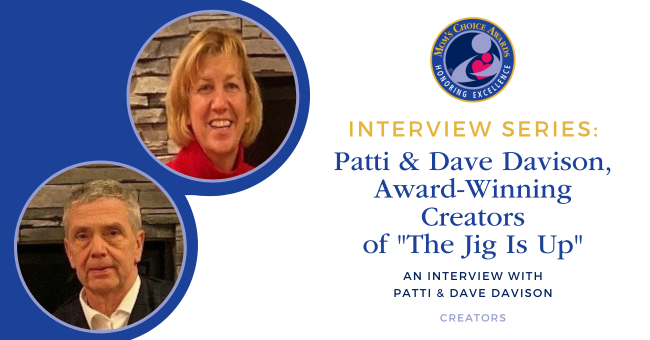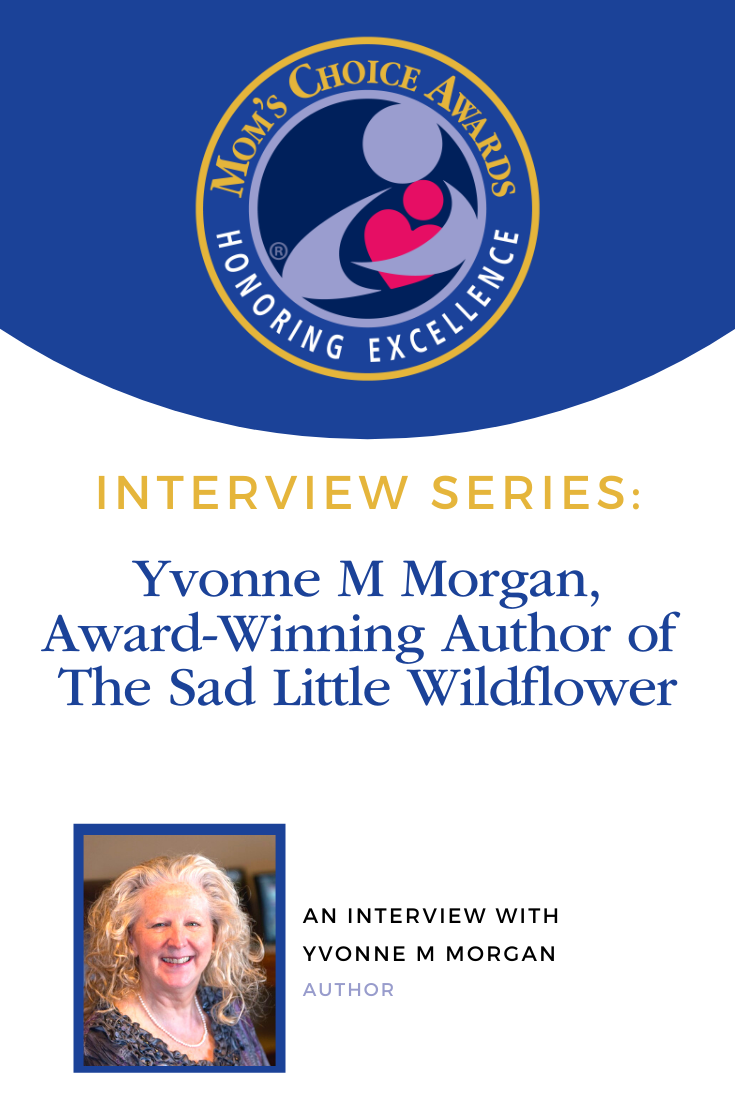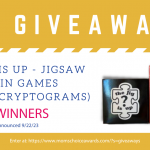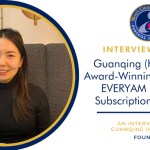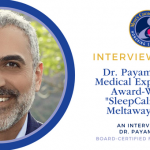Mom’s Choice Awards is excited to announce another post in our interview series where we chat with the inventors, designers, publishers, and others behind some of our favorite family-friendly products.
Hello, Mom’s Choice readers! Today we’re excited to welcome the husband-wife development team of Patti and Dave Davison, creators of the Mom’s Choice Award-winning line of puzzle games, The Jig Is Up – Jigsaw Brain Games (Logic & Cryptograms). These enjoyable jigsaw brain games have proven to not only be a lot of fun for kids and adults but also wonderful at developing critical thinking skills in children. They offer significant beneficial mental workouts for all ages, in fact—with long-lasting advantages. The medical community says such puzzles can reduce stress while improving problem-solving and visual-spatial reasoning—and for adults, even improve short-term memory. Combine those benefits with imaginative, delightful puzzles to solve, and you have The Jig Is Up brain games!
MCA: First, Patti and Dave—congratulations on your Mom’s Choice Award! We are delighted that you could join us. Please tell us a bit about yourselves. Patti, why don’t you start off?
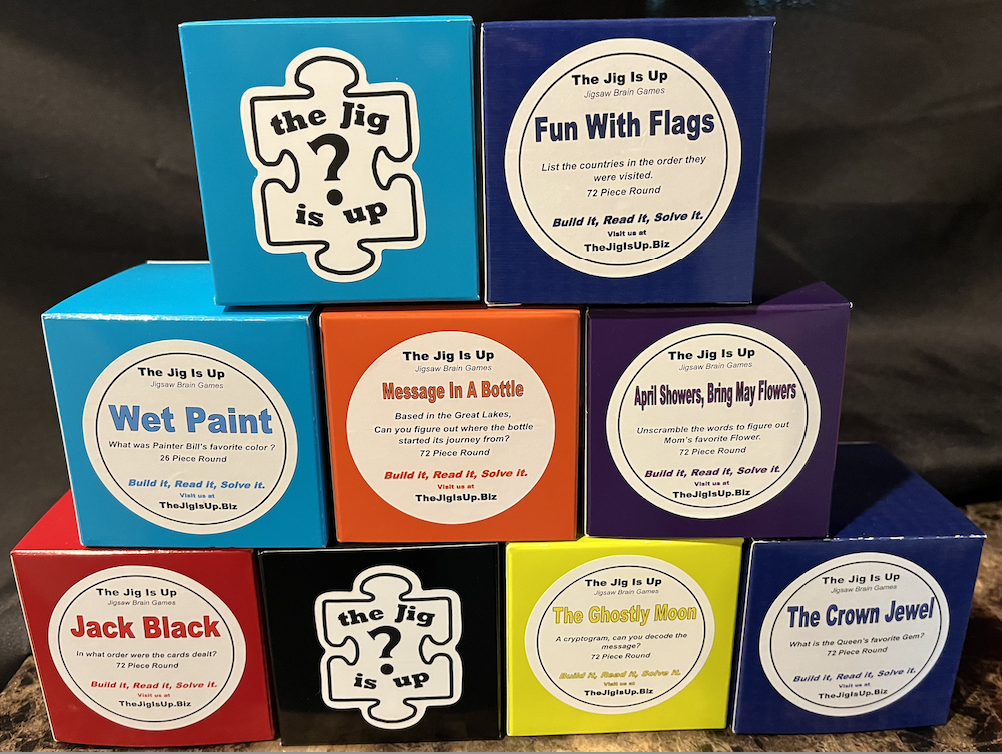 I am a 38-year veteran in the Computer Science Field. My degrees are a BS in Information Systems Management and an MBA. My career spans all levels of computer science from programmer to the Director of IS. I taught at two local colleges as an adjunct CS professor. My husband is a 34-year veteran educator holding positions from teacher to Superintendent. He earned a B.S. in History and a Master in Education and School District Leadership. So I like to say the computer science geek and educator got together. We have three boys in their 20’s who have inspired many of our puzzles. I myself am a puzzler; my husband, not so much.
I am a 38-year veteran in the Computer Science Field. My degrees are a BS in Information Systems Management and an MBA. My career spans all levels of computer science from programmer to the Director of IS. I taught at two local colleges as an adjunct CS professor. My husband is a 34-year veteran educator holding positions from teacher to Superintendent. He earned a B.S. in History and a Master in Education and School District Leadership. So I like to say the computer science geek and educator got together. We have three boys in their 20’s who have inspired many of our puzzles. I myself am a puzzler; my husband, not so much.
MCA: That’s clearly a winning combination of experience, talent, and drive. Please tell us about the creation of your company, The Jig Is Up.
The Jig Is Up was created with families and educators in mind. We wanted to create a fun way to develop collaboration and critical thinking skills in children — especially to promote STEM skills in young females. What we found is that both young and old enjoy the challenge. Jigsaw puzzling builds those skills and stimulates both sides of the brain: the logical left and the creative right.
MCA: Were there any other needs you were trying to fill through The Jig Is Up?
As the Director of IS and adjunct faculty, I [Patti] was not seeing girls enter the CS programs nor as job candidates. I thought about my own career and how I got started. I enjoyed puzzles and credit them with developing a logical mindset that sent me on my way. The Jig Is Up combines puzzle building with an added brain challenge to develop those skills. As we have progressed, boys and girls, young and old enjoy the challenge. So if you’re not a puzzler, these are small in size (to complete in one night).
MCA: Please tell us about the research that went into the product’s unique features, and describe these features.
Each puzzle is researched. Some are based on true stories, like “The Treasure of Cocos Island.” Pirates loved to hide their loot on this island. Several pirates had done so. Your challenge is to figure out where the pirates buried their treasure. Others are fictional, like “Fun with Flags” — a jewel thief goes around the world and you have to figure out the countries and the order through which the detective chased him. The puzzles are small by design. Unlike traditional puzzles (1,000-5,000 pieces) that take you multiple nights to finish, these can be completed in one night. The additional challenge after building the puzzle is a fun twist for your brain.
MCA: Your website mentions that—“a fun twist for your brain.” What’s the twist?
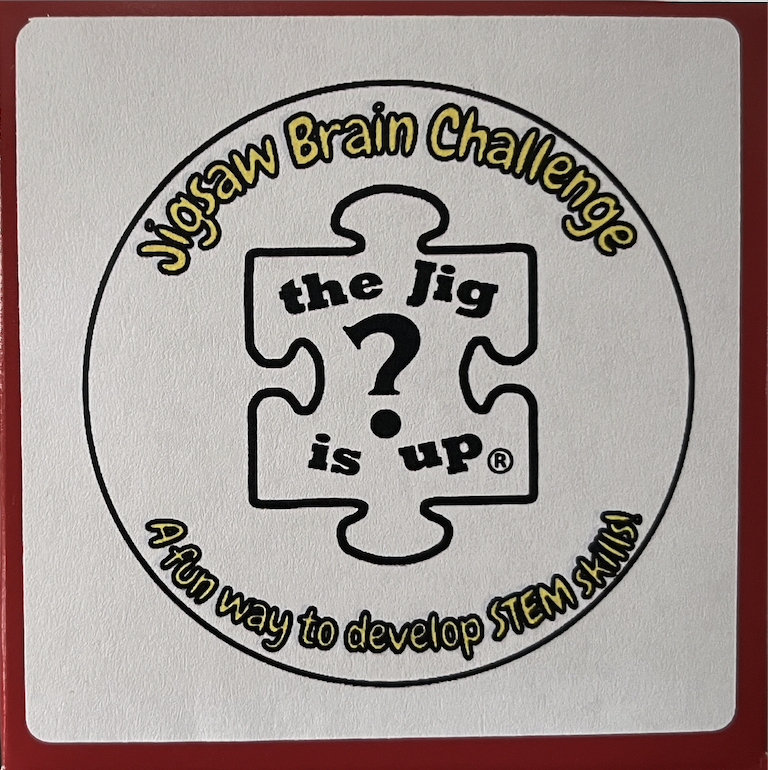 The twist is twofold. First, in traditional puzzles, you typically get the picture to build from. We do not give you this; it is part of the challenge. The build challenge is not daunting. The name and challenge question will indicate what the puzzle is about. Second, there is a short story with a question to solve. So you use the face of the puzzle and the clues from the short story to solve the question. Once you think you have the answer, you scan the QR code to see if you got it right. Our motto is Build it, Read it, Solve it, Scan it!
The twist is twofold. First, in traditional puzzles, you typically get the picture to build from. We do not give you this; it is part of the challenge. The build challenge is not daunting. The name and challenge question will indicate what the puzzle is about. Second, there is a short story with a question to solve. So you use the face of the puzzle and the clues from the short story to solve the question. Once you think you have the answer, you scan the QR code to see if you got it right. Our motto is Build it, Read it, Solve it, Scan it!
MCA: Dave, as an educator, please discuss the importance of your jigsaw puzzle games to child development.
Our jigsaw brain games, for ages 7–15, are a great way to engage children in developing skills related to five of the 8 C’s (curiosity, critical thinking, creativity, collaboration, and communication) of 21st-century learning. Developing these skills leads to a child’s confidence in school and life!
Curiosity is developed by the mystery of solving the challenge. Our brain games are designed to create relatable real-life scenarios for children, making them naturally curious. Collaboration and communication skills are developed in building the puzzle and solving the challenge. Our puzzles are a great center activity/learning extension that can be done with family or in small groups at school.
Finally, critical thinking skills are developed in finding solutions to the challenge as your child digs deep to find an answer. Our brain games offer challenges in math (logic, probability, addition, counting, etc.), ELA (compare and contrast and point of view), and plain observation skills.
MCA: Helping children develop those skills in a fun and memorable way is clearly a winning technique. Let me follow up with another question, Dave: How widely are your games used by teachers?
We were recently honored to be a part of the Association for Supervision and Curriculum Development’s 2023 national convention in Denver. We had the chance to meet and speak with educators from all over the U.S. and from several countries across the globe. The reception of our brain games was overwhelmingly positive, with many educators purchasing them for use in their schools and classrooms. Currently, teachers in 28 states are using our games. We have had libraries order these as well.
In addition, we have worked with teachers to develop puzzles they can use in classroom centers. An example is “Star Light, Star Bright,” which identifies 14 constellations taught at fifth-grade level. As our product hits five of the eight C’s (Collaboration, Creativity, Critical Thinking, Curiosity and Communication), I like to say it is a fun way to learn without knowing you are learning.
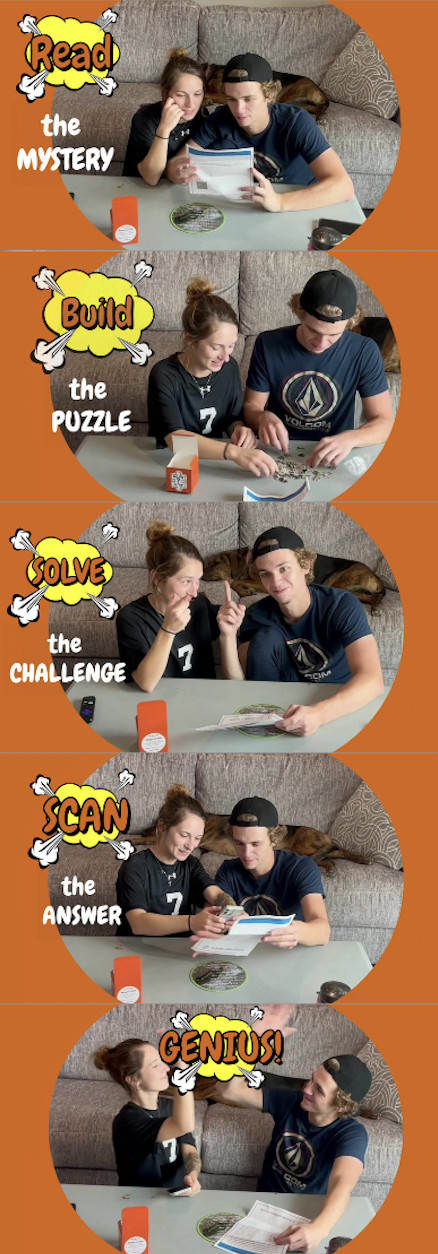
How to “complete” them – Build it. Read It. Solve It. Scan It. Genius!
MCA: What kind of feedback have you received about these brain games?
“The Jig Is Up!” is less than two years in existence and initial marketing was done through local craft fairs. Parents bought them as presents for their children. To maximize game appropriateness/challenge with each child, we ask buyers questions like: What’s the age of the child the game will be purchased for? Are they good at math? Are they a good reader? And so forth.
We also had teachers purchase brain games from us at these events. Soon we had educators emailing us for more recommendations for their classrooms. Their students loved the challenges and teachers recommended we find a way to expand our audience. This led us to the ASCD convention in Denver and will take us to several state Gifted and Talented conferences this fall.
One of the true indicators of the success of your product is when people come back to buy more of it. I can’t tell you how many parents and teachers have come back to buy more games because their kids loved them. Nothing is better than to see the smile on a child’s face because you have a new challenge for them! And, we love that teachers provide us feedback on how much their students enjoyed the challenges and what we can do to improve our product!
MCA: Clearly teachers, parents, and kids are all enthusiastic about your puzzle games. What ages seem to be particularly receptive?
Each puzzle game is designed with a particular age group in mind, which I think leads to all kids — from pre-K to seniors in high school — enjoying our challenges. What is personally rewarding is the number of special education teachers and students who find our challenges fun to do!
MCA: You have quite a few different puzzles in your lineup. What is next for your products and your company?
We will continue to develop new puzzle challenges and hopefully inspire young children to pursue STEM careers. We will continue to expand our support of educators and librarians. In the personal space, it’s a fun family night or couple activity. For those who aren’t puzzlers, it is not too challenging from a puzzle build that maybe we convert some people to be puzzlers.
MCA: What a fascinating topic and a delightful conversation! Please keep us posted on what you come out with next.
You can learn more about Patti & Dave Davison and their award-winning product, The Jig Is Up!, by visiting their MCA Shop pages.

